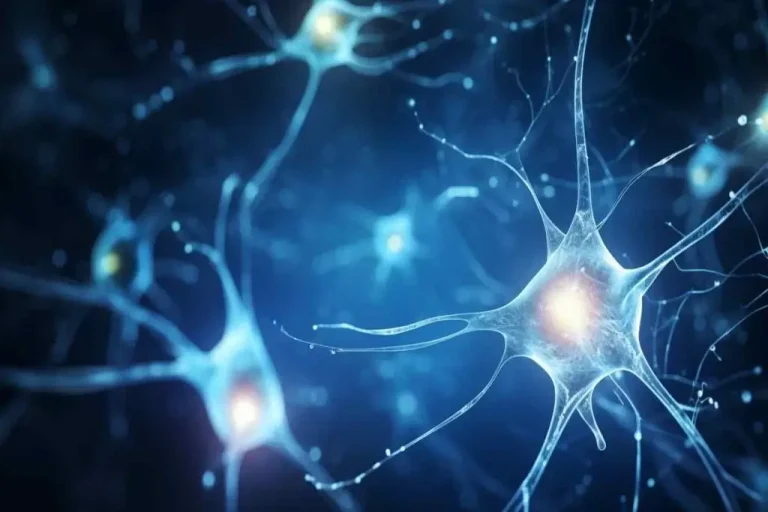How Neuroscience-Based Website Design Enhances User Experience
In today’s digital age, the importance of a well-designed website cannot be overstated. A website serves as the digital storefront for businesses, and the user experience (UX) it provides can make or break a visitor’s engagement and conversion.
To create an exceptional UX, web designers are increasingly turning to neuroscience-based website design. By leveraging insights from neuroscience, designers can craft websites that align with how the human brain processes information, leading to more intuitive, engaging, and effective user experiences.
Neuroscience-based website design involves the application of neuroscience principles to web design. Neuroscience, the study of the nervous system and brain, provides valuable insights into human behavior, cognition, and perception. By understanding how users think, feel, and react, designers can create websites that cater to the brain’s natural tendencies, improving user experience and satisfaction.
Guiding User Attention
One of the fundamental concepts in Neuroscience and UX design is visual hierarchy. The brain hierarchically processes visual information, prioritizing certain elements over others. Designers can use this principle to guide users’ attention to the most important parts of a webpage. By strategically using size, color, contrast, and positioning, designers can highlight key information and call-to-action buttons, making it easier for users to navigate and interact with the site.
For instance, a larger, brightly colored button is more likely to attract attention than a smaller, muted one. This technique ensures that users can quickly find and focus on the critical elements of the page, enhancing their overall experience and increasing the likelihood of conversions.
Simplifying User Interaction
The concept of cognitive load refers to the amount of mental effort required to process information. The human brain has a limited capacity for cognitive load, so simplifying user interaction is crucial for a seamless user experience.
Neuroscience and UX design aim to minimize the cognitive load by breaking down complex tasks into smaller, manageable steps and reducing distractions. Neuroscience-based website design aims to minimize cognitive load by breaking down complex tasks into smaller, manageable steps and reducing distractions.
Effective strategies include using ample white space, clear and concise language, and intuitive navigation. By minimizing cognitive load, designers can help users process information more efficiently, reducing mental fatigue and enhancing engagement. This approach leads to a more pleasant and productive user experience.
Emotional Design: Connecting with Users
Emotions play a significant role in decision-making and user engagement. Neuroscience-based website design incorporates emotional design elements to evoke positive feelings and create a connection with users. Techniques such as color psychology, imagery, and typography can influence users’ emotions and perceptions, fostering a sense of trust and affinity and leading to user experience improvement.
For example, warm colors like red and yellow can evoke feelings of excitement and urgency, while cool colors like blue and green can promote calmness and trust. By understanding the emotional impact of design elements, designers can craft websites that resonate with users on a deeper level, encouraging them to stay longer and engage more.
User Experience Improvement
Usability testing is a critical component of neuroscience-based website design. By employing techniques such as eye-tracking and neuroimaging, designers can gain valuable insights into how users interact with a website.
These methods reveal areas of user frustration, cognitive bottlenecks, and subconscious reactions, providing data-driven guidance for design improvements.
Through usability testing, designers can identify pain points and optimize the user interface (UI) to enhance satisfaction and retention. This iterative process ensures that the website continuously evolves to meet users’ needs and expectations, resulting in a more effective and enjoyable user experience.
Personalization
The human brain craves personalized experiences, as they activate pleasure centers and create a sense of relevance. Neuroscience-based website design leverages personalization to tailor content and interfaces to individual users. By using data such as browsing history, preferences, and behavior, designers can deliver personalized recommendations, customized layouts, and targeted messages.
A customer-centric approach not only improves user engagement but also increases conversion rates and customer loyalty. When users feel that a website understands and caters to their specific needs, they are more likely to return and engage with the content. This customer-centric approach is a hallmark of neuroscience-based website design, driving both user satisfaction and business success.
Frequently Asked Questions (FAQs)
-
How does this design differ from traditional web design?
This design incorporates insights from neuroscience to create user experiences that align with how the human brain processes information. It focuses on visual hierarchy, cognitive load reduction, emotional design, usability testing, and personalization to enhance user engagement and satisfaction.
-
Can neuroscience-based website design improve conversion rates?
Yes, neuroscience website design can significantly improve conversion rates. By understanding how users think and feel, designers can create more intuitive and engaging interfaces that guide users toward desired actions.
-
Is usability testing essential for neuroscience-based website design?
Usability testing is a crucial component of neuroscience website design. It provides valuable insights into user behavior and interaction, helping designers identify areas for improvement.
Unlocking the Power of the Brain for Superior UX
Incorporating neuroscience into website design offers a powerful approach to creating exceptional user experiences. By understanding how the brain processes information and applying neuroscience principles such as visual hierarchy, cognitive load reduction, emotional design, usability testing, and personalization, designers can craft websites that are both intuitive and engaging. Neuroscience-based website design not only enhances user satisfaction but also drives business success through improved engagement and conversions.
We’d love to hear your thoughts and assist you in crafting a creative and engaging website for your next project!
